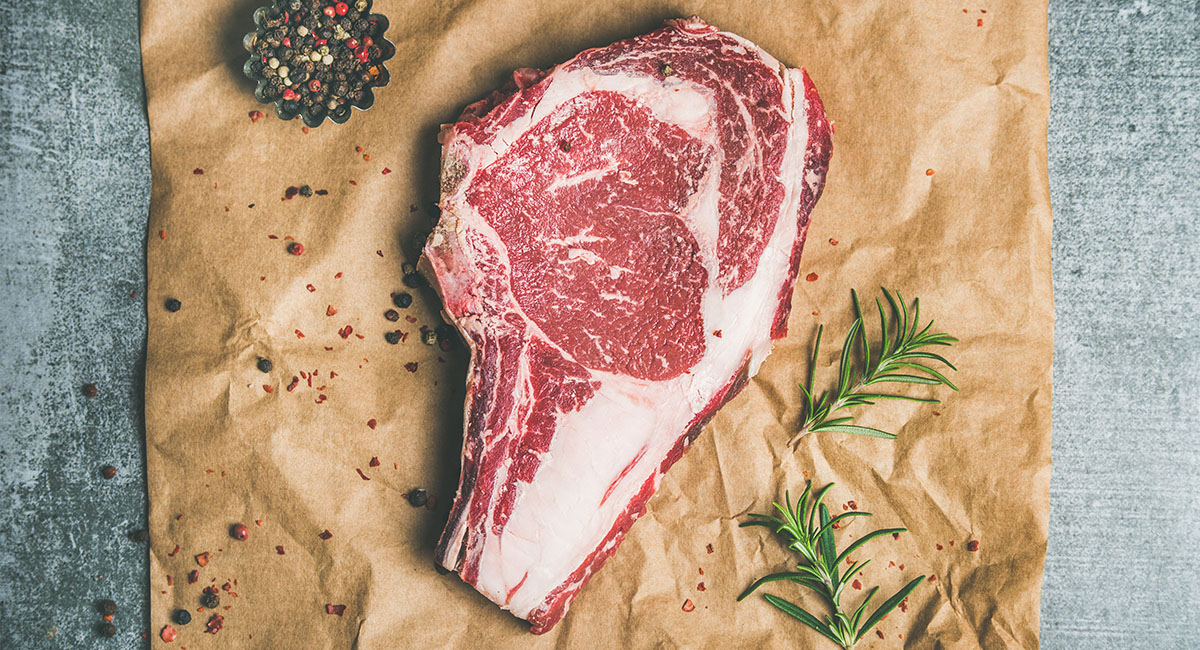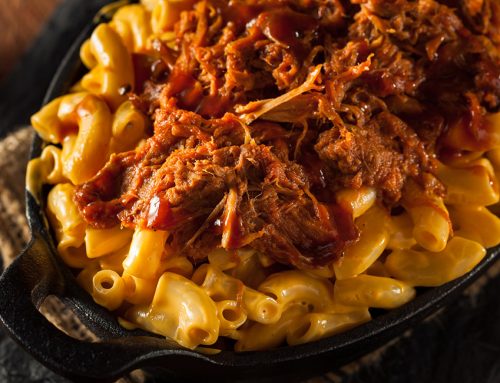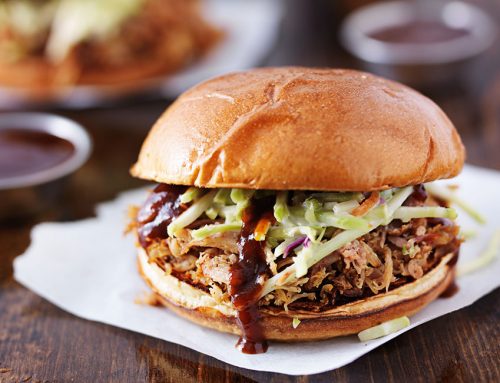BEEF: Quality grades are reflective of the eating quality of beef. Beef carcasses are cut between the 12th and 13th rib, making the ribeye easy to view. United States Department of Agriculture (USDA) Graders evaluate the distribution on marbling in the ribeye. The age or maturity of the animal is also factored into the quality grade. The USDA grading system breaks down the quality grades of beef into Prime, Choice, Select, Standard, Commercial, Utility, Cutter and Canner. The majority of the steaks sold in the retail cooler at the local supermarket are going to fall into Prime, Choice or Select…
PORK: The quality of pork depends on its color, texture, and marbling which can be determined by visual evaluation or scientific tests such as ultimate pH. Fresh pork is more tender and juicy when it is reddish-pink, firm and non-exudative. Marbling can also improve flavor and moisture just like it does in beef. The chart below helps to demonstrate the variations in pork quality. The USDA does not grade pork in the same way it does beef. Pork carcasses are not ribbed, and grades of pork are determined by back fat thickness and carcass muscling…
Source: TheMeatWeEat.com





